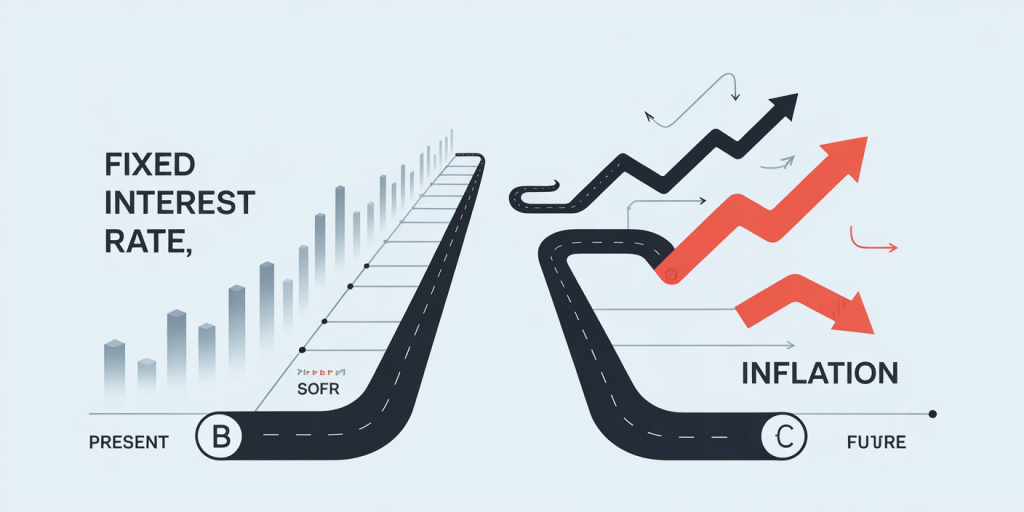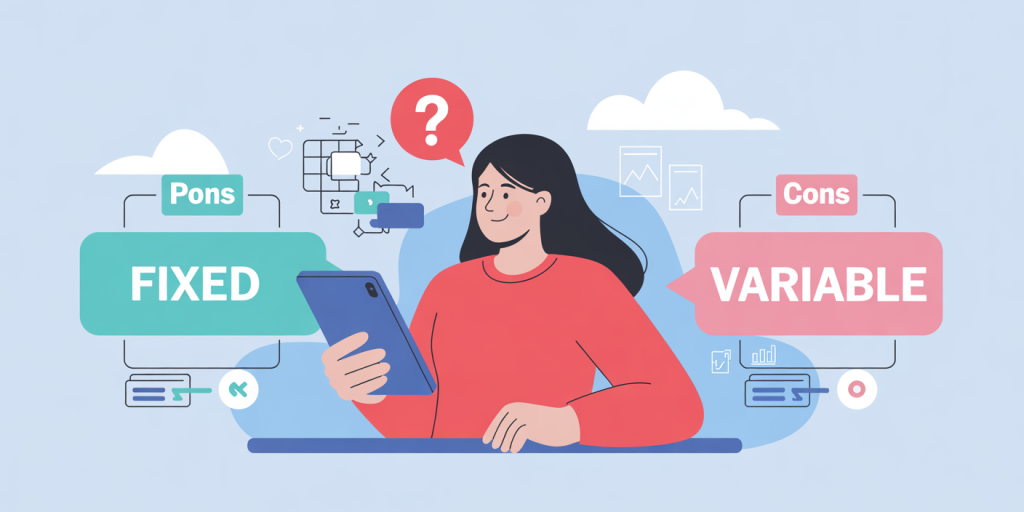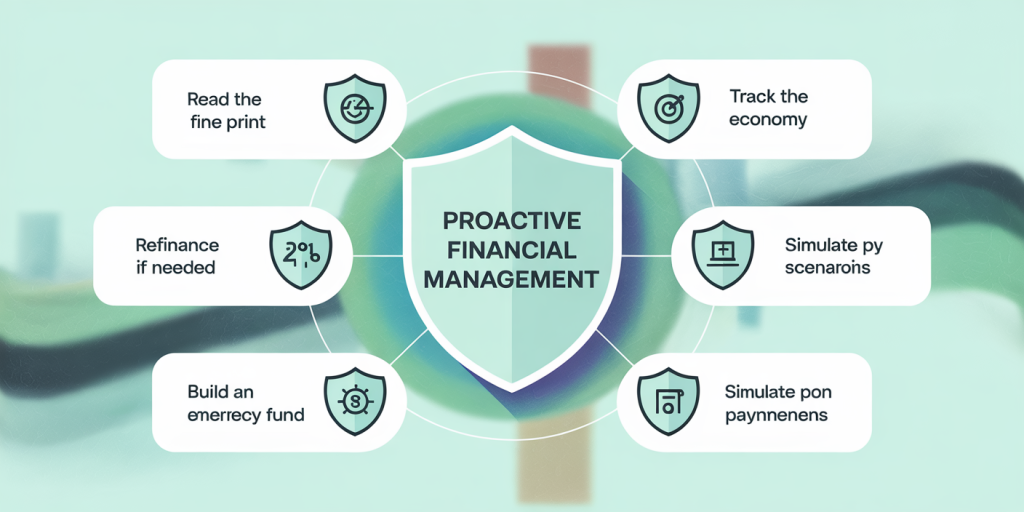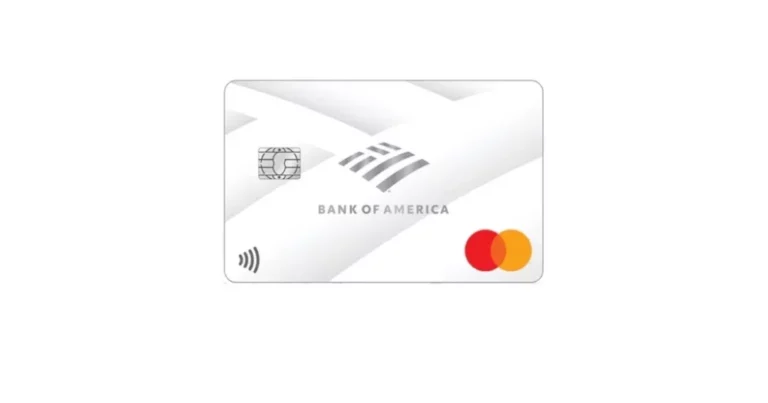Exploring Dynamic Interest Rates: What You Need to Know
Anúncios
Dynamic Interest Rates in the U.S.: How They Work and When They Make Sense

In the U.S. economy, interest rate structures play a central role in influencing financial behavior—from how consumers borrow and save to how businesses invest and expand. While fixed interest rates have traditionally been preferred for their stability and predictability, dynamic (or variable) interest rates have gained increasing attention—especially in the context of inflation swings and Federal Reserve (Fed) policy changes.
In a financial landscape that is constantly evolving, understanding how dynamic rates function can help borrowers and investors make more informed, strategic decisions.
Anúncios
What Are Dynamic Interest Rates?
Dynamic interest rates—also known as variable or adjustable rates—are interest rates that change periodically over the life of a loan or credit agreement. These changes are not arbitrary; they are typically tied to financial benchmarks that reflect broader market conditions.
🔍 Key Influencing Factors:
-
Inflation levels
-
The Federal Reserve’s benchmark interest rate
-
Economic growth indicators
-
Global and domestic market trends
Unlike fixed rates, which remain the same throughout the term of a loan, dynamic rates adjust up or down, reflecting the current financial climate.
Anúncios
Where Are Dynamic Rates Commonly Used?
Dynamic rates are found across a variety of consumer and business credit products, such as:
-
Adjustable-rate mortgages (ARMs)
-
Credit cards with variable APRs
-
Private student loans
-
Home equity lines of credit (HELOCs)
-
Business credit lines and variable-rate term loans
The structure allows lenders to adjust the cost of borrowing based on economic conditions, and potentially offer lower initial rates as an incentive.
How Do Dynamic Interest Rates Work?
Most dynamic interest rates are pegged to benchmark rates that move in response to shifts in monetary policy and market dynamics. In the U.S., the most common benchmarks include:
-
The Prime Rate – Typically 3% above the federal funds rate set by the Federal Reserve.
-
SOFR (Secured Overnight Financing Rate) – Now replacing LIBOR in U.S. markets as the standard reference rate for many types of loans.
📈 How Adjustments Are Calculated:
Your interest rate is generally made up of:
Benchmark Rate + Lender’s Margin = Your Variable Interest Rate
So if the SOFR is 4.5% and your lender’s margin is 2.5%, your current rate would be 7.0%. As the benchmark moves, so does your rate.
💡 Example: Adjustable-Rate Mortgage (ARM)
Let’s say you take out a 5/1 ARM, which means your rate is fixed for five years, and then adjusts annually.
-
Initial Rate: 4.0% fixed for the first 5 years
-
Adjustment: Tied to SOFR + 2.25% margin
-
Cap: Your rate can’t increase more than 2% annually, and 5% over the life of the loan
If interest rates rise sharply after your fixed period ends, you could see significant increases in your monthly mortgage payments. But if rates fall, you could pay less than a comparable fixed-rate borrower without refinancing.
Pros and Cons of Dynamic Interest Rates
Dynamic rates offer a mix of opportunities and risks. Whether they’re a good fit depends heavily on the borrower’s goals and financial stability.
✅ Advantages
1. Lower Initial Rates
Many dynamic-rate products come with introductory rates that are lower than those of fixed-rate alternatives, making them appealing for borrowers who want short-term savings or who plan to repay the debt early.
2. Potential Savings if Rates Drop
In a falling rate environment, your payments could decrease automatically, saving you money without requiring you to refinance or renegotiate your loan terms.
3. Greater Accessibility
Borrowers with average or fair credit may find it easier to qualify for dynamic-rate loans since the lower initial rates reduce lender risk.
⚠️ Disadvantages
1. Uncertainty and Risk
Interest rates can increase suddenly and significantly, leading to higher monthly costs and budget strain—especially for borrowers on fixed incomes or tight budgets.
2. Less Financial Predictability
Variable payments make long-term budgeting more difficult. If your income is not flexible, unexpected rate hikes could lead to missed payments or debt stress.
3. Potentially Higher Long-Term Cost
If interest rates trend upward over time, a dynamic-rate loan could cost more overall than a fixed-rate loan—particularly for long-term borrowers.
How to Protect Yourself from Rate Volatility
If you’re considering a credit product with a variable rate, it’s important to plan ahead. You can’t control the market, but you can reduce your exposure to its fluctuations.
📋 1. Review the Fine Print Carefully
Understand exactly how and when your rate can change:
-
Initial fixed-rate period (if any)
-
Adjustment frequency (monthly, quarterly, annually)
-
Rate caps (limits on how much the rate can increase at each adjustment and over the life of the loan)
-
Index + margin structure
Knowing these terms upfront can help you avoid surprises later.
📈 2. Stay Informed About Economic Trends
Follow key indicators like:
-
Federal Reserve announcements
-
Inflation rates
-
Employment data and GDP growth
These signals often precede shifts in benchmark interest rates and can help you anticipate changes before they hit your monthly bills.
🔄 3. Refinance If Necessary
If your rate becomes too high and you’re financially uncomfortable, consider refinancing into a fixed-rate product. This may come with fees or new qualification requirements, but it can offer long-term peace of mind.
💰 4. Build a Financial Buffer
A well-padded emergency fund can help absorb increased monthly payments during a rate spike. Experts recommend saving three to six months of essential expenses as a safety net.
🔢 5. Use Financial Simulations and Tools
Online calculators can help you model different interest rate scenarios and visualize how changes will affect your payments over time. Run best-case and worst-case simulations to prepare for either outcome.
When Do Dynamic Interest Rates Make Sense?
Dynamic interest rates can be a smart choice, but only in certain scenarios. Here are a few examples of when they may be a good fit:
🕐 Short-Term Borrowing Goals
If you plan to pay off your loan before the variable rate adjusts, you could benefit from the initial lower rate without being affected by future increases. This strategy works well for homebuyers planning to sell or refinance, or for business borrowers using credit for short-term projects.
📉 Expecting a Falling Rate Environment
If economic indicators suggest that interest rates may decline, a dynamic rate can help you capture those savings automatically without the hassle of refinancing.
🔍 Tip: Look for signs of slowing inflation or Fed announcements about rate cuts.
🎯 Comfort With Risk and Budget Flexibility
Some borrowers and investors have a higher risk tolerance or sufficient income flexibility to absorb increases in payments. If you can handle payment fluctuations without strain, a dynamic rate can be a strategic tool in your financial plan.
Who Should Avoid Dynamic Rates?
If any of the following apply, a fixed-rate product might be a better option:
-
You are borrowing for the long term (e.g., 15–30 years).
-
You have tight monthly margins or fixed income.
-
You prefer predictability and simplicity in budgeting.
-
You anticipate that interest rates will rise and stay high.
Final Thoughts

Dynamic interest rates offer both opportunity and risk. When used wisely, they can be a great way to reduce short-term borrowing costs and gain flexibility. But they also require a higher level of awareness, planning, and financial agility.
✅ To decide if a dynamic rate is right for you:
-
Know your risk tolerance.
-
Understand how the rate works.
-
Track economic indicators.
-
Be prepared with a contingency plan.
By staying informed and choosing products that align with your financial reality, you can leverage dynamic rates strategically—and protect yourself against their unpredictability.


Post Comment